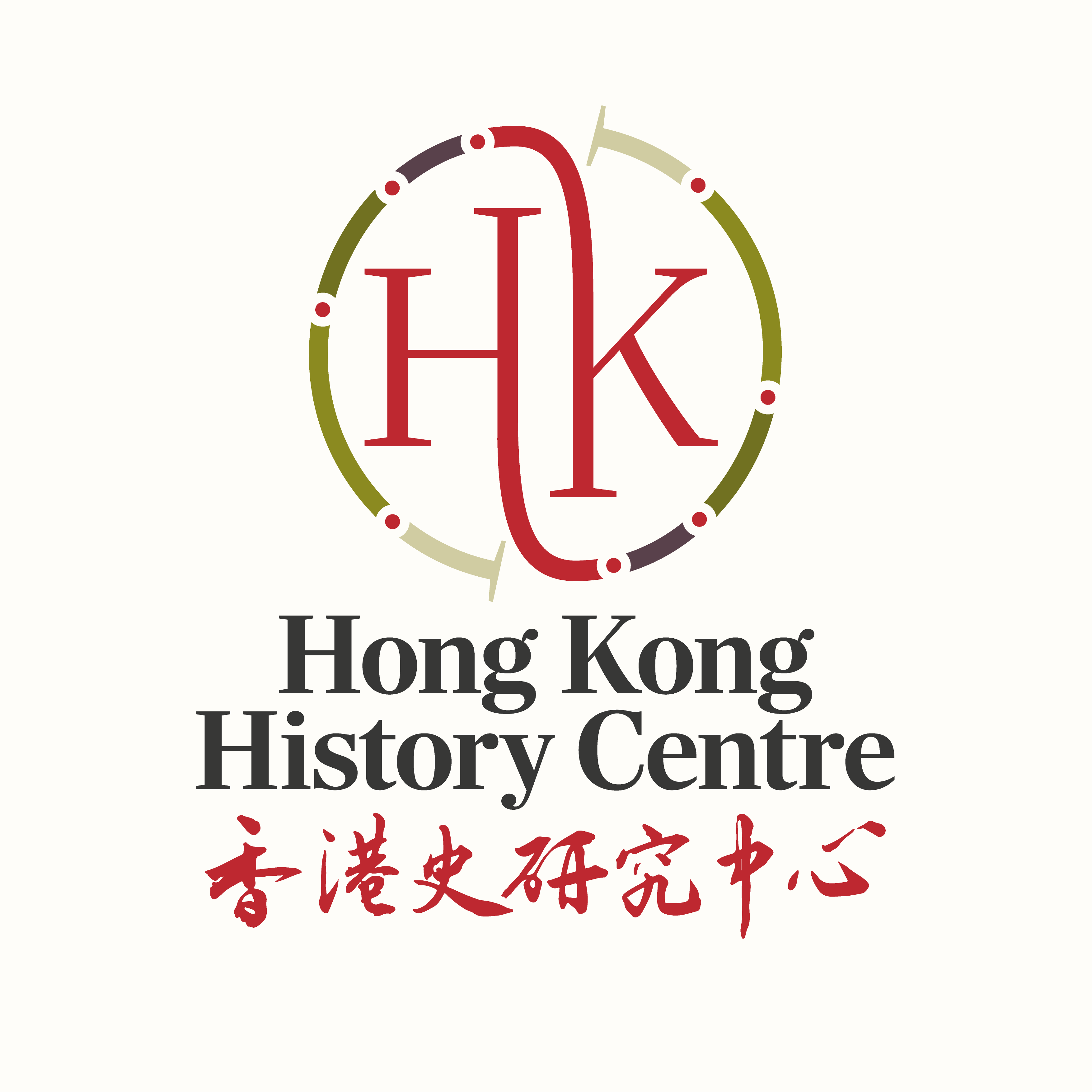By Vaudine England
Looking at how other colonies’ histories have tackled the topic of Eurasians gives useful clues to how researchers might tackle Hong Kong’s Eurasians.
An early effort looking at South East Asia was Virginia Thompson and Richard Adloff’s Minority Problems in Southeast Asia, of 1955. This states baldly that all Eurasians under colonial rule ‘have faced the same handicaps, reacted to them in identical fashion, and displayed similar communal characteristics’ (p. 135). Can such a sweeping statement be true? It goes on to say that all Eurasians are city dwellers and white-collar workers. As a group, they have been ‘snubbed’ ‘and only a handful among them has been able to surmount the obstacles which the color bar has placed in their way’ (p. 135). The authors place the ‘irresponsibility of their European fathers’ alongside the barriers erected by the European community as a whole as the major impediments to Eurasian advancement. Those barriers were real, with some jobs, residential areas, schools, clubs, even hotels closed to them.
Of course these authors were writing in 1955, the year that the Non-Aligned Movement first met in Bandung, Indonesia, when the issues of post-colonisation were of pressing daily importance across South East Asia. As is often the case in scholarship about Eurasians, the focus is largely on the sprawling Dutch East Indies, and on the impact of the diaspora from a crumbling China. Those major historical forces, with ramifications around us to this day, have their echo in Hong Kong of course, but can also be useful to highlight what makes the Hong Kong situation unique.
Still, in Thompson & Adloff, here are too many generalisations. Another one on offer is the allegedly striking contrast between the product of an (Overseas) Chinese father and a native Malay/Indonesia/Burmese, which they judge as most likely to be successful, and the product of a European and native mother which they judge to be invariably less successful. Apparently the injection of Chinese other-ness brought a physical stamina and pride in heritage to the mix, unavailable to offspring of European fathers!
Overall, Thompson & Adloff paint a somewhat tragic picture of a people forever stuck in between. Above them in social and financial status are the Europeans with whom they identify; below them are the ‘native’ Asians whom they allegedly despise: ‘While they have received less from the Europeans than they feel is their due, they have enjoyed in Asian eyes a privileged position as regards employment and standard of living’ (p. 136).
However, the survey marks key changes affecting Eurasian communities of South East Asia. Prior to World War Two they retained a privileged role as often the only (half) native people who had become proficient in the European colonialist’s language (Dutch, English, Portuguese, French). They could thus take higher positions in the colonial bureaucracies and business worlds. They mostly identified as Europeans and were strongly loyal to the European power even though they knew they would never have equality with wholly European friends and colleagues. During the war, those Eurasians identifying or identified as European suffered disproportionately at the hands of the Japanese across South East Asia.
As empires fell, through war and decolonisation, the privileged position enjoyed pre-war now evaporated. Unless they had worked to maintain fluency in local languages and norms, they lost out in the brave new post-colonial tropical world. They then faced invidious choices – to stay or go; and if to go, then where? Often the dream was the European ‘homeland’ which they had never seen; only the Netherlands offered any kind of assistance to their Eurasians, the Indos, with many others left in limbo. Wrote Thompson & Adloff: ‘the Eurasians are a rootless, frustrated, and divided minority — foreigners in the land of their birth, yet unable to move elsewhere’ (p. 136).
Reference is made to the idea of a homeland for Eurasians, such as the Jews found in Israel. This may sound very odd to a modern ear, but an attempt was made by Indonesian Eurasians (or ‘Indos’) to settle in New Guinea, on the far eastern edge of Indonesia. This apparently failed due to lack of agricultural skills and finance. Others thought of migrating to Brazil.
How much do these generalisations, experiences and ideas apply to the specific experience of the Eurasians of Hong Kong?
REFERENCE:
Thompson, Virginia, and Adloff, Richard. Minority Problems in Southeast Asia. Stanford: Stanford University Press, 1955. See: Chapter 3 – ‘Indigenous Minorities – The Eurasians’.


